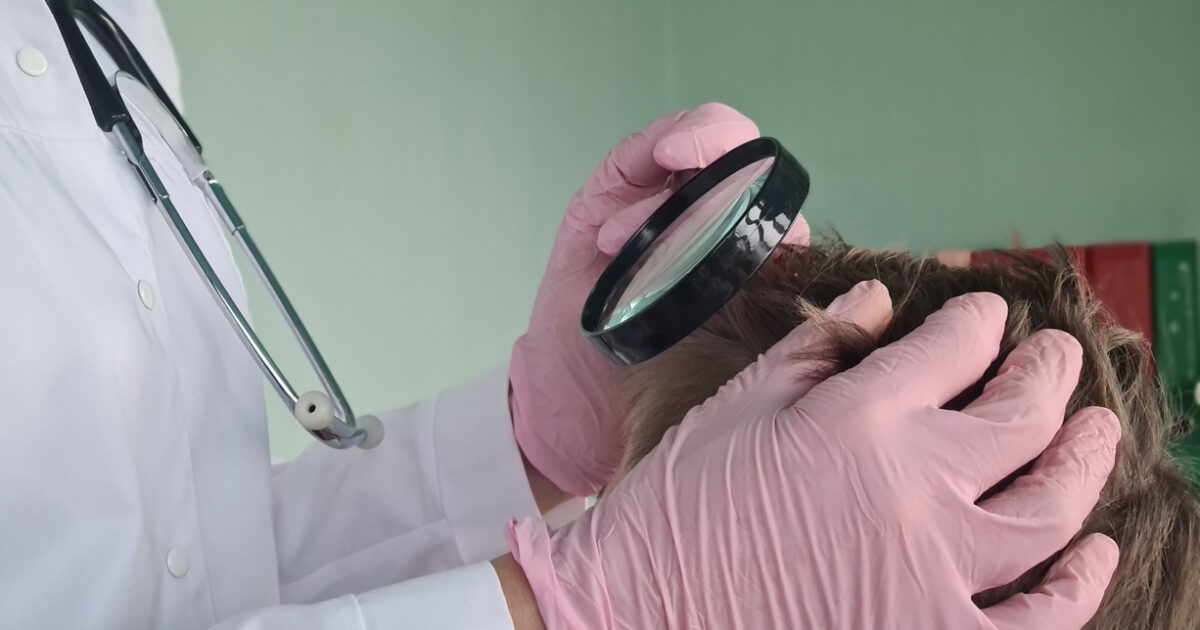OR hair loss It affects about 60% of the world population and the effects it causes are not just about appearance. To many the loss of hair It has a negative effect on self -esteem, self -confidence and emotional well -being. Children are not excluded. Studies show that alopecia on minors is burdened with their psychology and becomes a cause of deterioration in their quality of life.
Both children under the age of 12 and adolescents feel embarrassed and often experience intimidation, affecting their attitude and decisions about their participation in school and activities inside and outside. According to studies, the earlier the hair loss begins, the higher the psychological and social costs they are called upon to face.
Given their sensitive psychology during this age, there is a need for information and awareness of parents who also experience significant stress, seeing their children suffer, as they are called upon to face the “critical” social environment.
“Hair loss is worried both adults and children and adolescents – and hair loss can be frightening and have emotional and physical consequences. Children under the age of 12 are more commonly due to diseases that are likely to recede without treatment. However, most often medical intervention is required, ”explains Dermatologist – Venereologist Dr. Christos Stamou.
“Babies also lose hair during the first months of their lives for a variety of reasons – from hormone to sleep. In most cases the situation is not anxious, but there are also cases of investigation, “he adds.
Unfortunately, there is often misinformation about hair loss, which can lead to a delay in initiation of treatment and unnecessary emotional burden. That is why it is important to demobilize certain beliefs.
So let’s look at the myths, as their collapse and restoration of truth ensure that children receive the necessary care and treatment:
Myth 1: Only adults have hair loss/dilution
Truth: Even children can and are facing different problems with their hair. Sometimes they are temporary and sometimes more persistent.
Myth 2: It is the fault of bad hygiene
Truth: Most of the time, the prolonged drop in more hair than normal is due to genetic factors, autoimmune diseases or other medical reasons rather than bad hygiene. Of course, neglecting can lead to irritation or infection, which can worsen hair loss.
Myth 3: Hair loss is always an indication of serious health problem
Truth: Hair loss is not always a symptom of serious medical problems. Even an infection or stress can cause it.
Myth 4: Hats cause hair loss
Truth: The use of hats is not the cause of hats. The only problem they can cause is friction and breaking the hair if they are too tight and prevent air flow.
Myth 5: Hair Cutting helps to multiply hair
Truth: The haircut does not affect the health of the roots, but it only removes the damaged edges.
Myth 6: The lost hair does not recover again
Truth: There are genetic diseases, such as androgenetic alopecia, that can lead to permanent hair loss, as well as others, such as nutritional deficiencies and hormonal imbalances that hair is reset immediately after treatment of the problem that causes it.
“Early recognition of disorders responsible for hair loss or hair dilution is essential for faster treatment.
In terms of babies, It is normal and temporary in most cases. However, mothers should observe the scalp for bare spots, rashes and seek to appreciate a specialist in the case of one of them.
The same is true for older children and adolescents. Rapid hair loss from head, eyebrows or body in oval or round shape is indication alopeciaan autoimmune disease that is usually not accompanied by other symptoms.
Treatment should start as soon as possible, as it has a serious psychological impact on people of these ages. The application of strong corticosteroids applied locally and the use of injectable steroids in the scalp (in adolescents) can solve the problem. Mesotherapy is also effective, that is, the injection of a combination of drugs, vitamins and amino acids in the affected area.
Round or oval patches, can the scalp hairwhich is also a common cause of hair loss in children. The hairs are cut on the surface of the skin and resemble black dots. It is an infection caused by fungi and should be treated as soon as possible, as in addition to the physical and psychological effects for the child itself, it is also contagious. It is treated with oral antifungal drugs.
Teenagers can also have androgenetic alopecia, though rare. In boys there is a dilution starting from the temples and the front and proceeds to the top of the head, while in the girls it is observed at the top of the head. The condition has a genetic background and although there is no definitive treatment, timely interventions with local drugs, oral supplements or hair rehabilitation treatments can help slow down hair loss.
Particularly evident, as the cause of hair loss and loss of hair, is also the haircut. It is caused when the child pulls the hair of his head from stress. Sometimes it coexists with nail bite. In these cases a experienced psychologist can help.
It should be noted that children and adolescents with eating disorders and digestive problems are at risk of hair loss, as well as those with thyroid diseases and systemic lupus erythematosus. Some medicines have also been implicated for hair loss.
Parents should be aware that daily hair loss is normal in children, since hair has a life cycle that has phases of growth, weakening and regeneration. Recognition of pathological or psychological hair loss in its early stages is crucial to treatment. Whether it is a genetic in nature or hormonal or psychological, the timely treatment of the problem increases the chances of hair maintenance, ”concludes Dr. Stamou.
